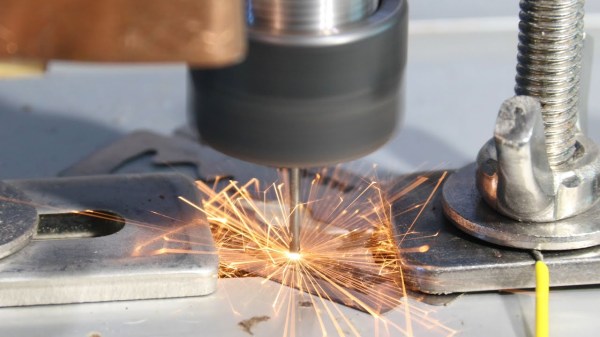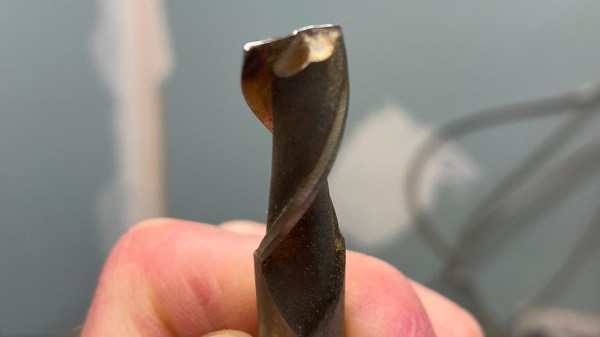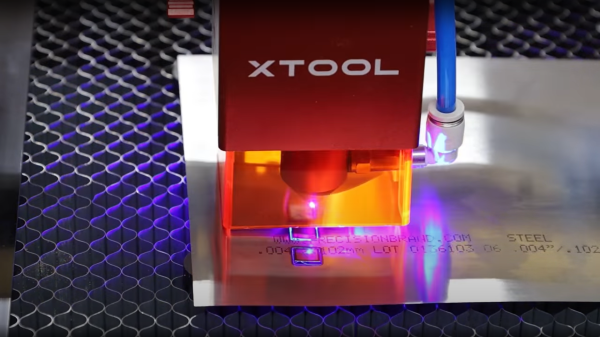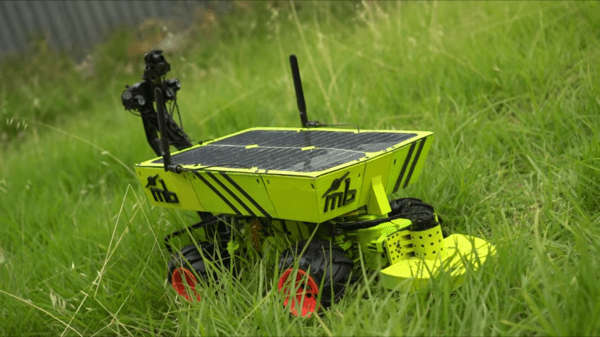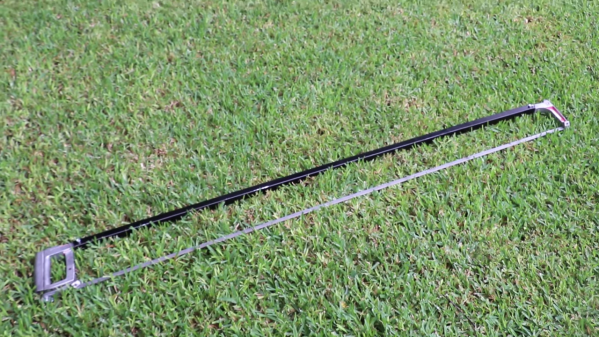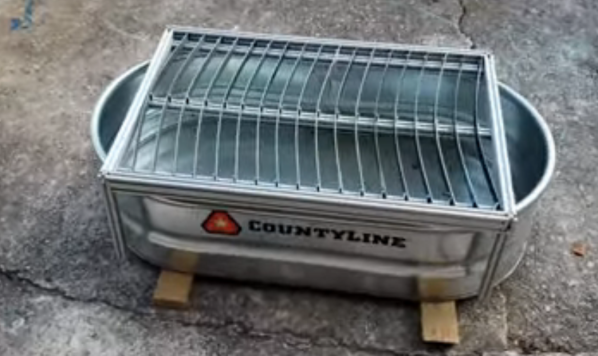You’re cutting yourself a single slice of cake. You grab a butter knife out of the drawer, hack off a moist wedge, and munch away to your mouth’s delight. The next day, you’re cutting forty slices of cake for the whole office. You grab a large chef’s knife, warm it with hot water, and cube out the sheet cake without causing too much trauma to the icing. Next week, you’re starting at your cousin’s bakery. You’re supposed to cut a few thousand slices of cake, week in, week out. You suspect your haggardly knifework won’t do.
In the home kitchen, any old knife will do the job when it comes to slicing cakes, pies, and pastries. When it comes to commercial kitchens, though, presentation is everything and perfection is the bare minimum. Thankfully, there’s a better grade of cutting tool out there—and it’s more high tech than you might think.
Continue reading “High Frequency Food: Better Cutting With Ultrasonics”


